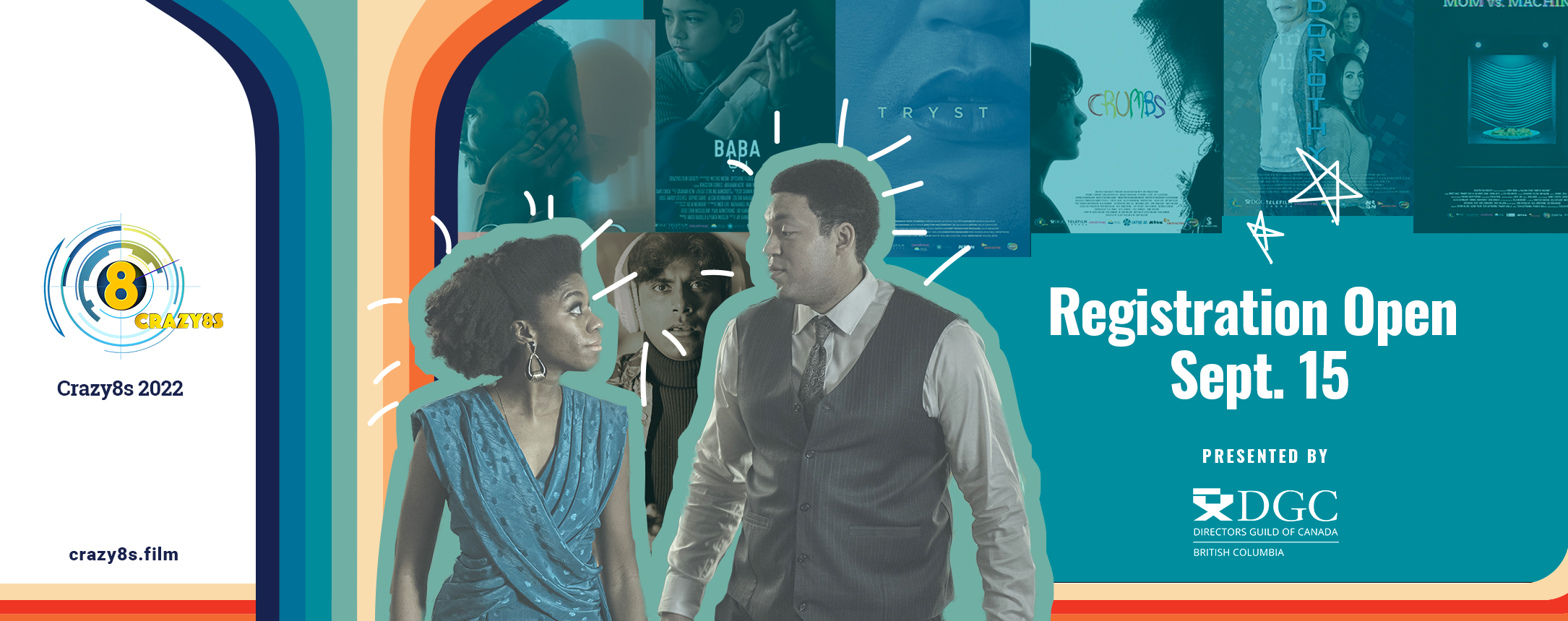The NSI (National Screen Institute) is currently accepting applications for their new NSI Series Incubator program. Note: the deadline is October 14, 2021.

Four writer/producer teams with an idea and treatment for a live-action fictional series will receive workshops, mentorships and hands-on training, over eight months to develop their idea and create a $28,000 proof-of-concept film by July 2022.
Applications are welcomed from people who identify as (one or more):
- Black
- Indigenous
- People of Colour
- Women
- Lesbian
- Gay
- Bisexual
- Transgender
- Queer or questioning and two-spirit (LGBTQ2S+)
- People with disabilities
- Those outside large urban centres (Montreal, Toronto and Vancouver)
- People from regional and remote areas and various religious groups
In addition, applicants must:
- Be a Canadian citizen or permanent resident living in Canada, aged 18 or over
- Have an idea and preliminary treatment for a series
- Have demonstrated experience in a writer or producer role
- Maintain creative and financial control over the project as well as technical ownership.
- Not be a participant in any other training program that would conflict with your ability to commit to the NSI Series Incubator program
- Have production or craft experience, or business affairs/legal experience, or marketing/distribution experience, or some combination of these
- Demonstrate storytelling ability with past works (i.e.: short film, short story, journalism or another creative writing endeavour)
- Commit the necessary time to complete this multiphase training
Your application must include one file that contains:
- Project name; format; genre; time frame; setting/location; synopsis (one to two pages); source of series
- Producer CV clearly stating production experience: include your role on the production and the following information about each project: the writer/producer; genre; if it was a student film; final running time; any broadcasts/theatrical release/festivals played; is it in development, production, post or completed?
- Writer CV demonstrating your storytelling experience: include short film, short story, journalism or another creative writing endeavour.
- Producer letter of reference AND writer letter of reference: these letters should help identify why the person providing the reference feels you are ready to develop a series.
- Producer letter of expectation AND writer letter of expectation: both the producer and writer should provide a paragraph explaining what they hope to gain by participating in NSI Series Incubator.
- Additional letter (if applicable): required for applicants who need to demonstrate their suitability to participate in the program because they don’t meet eligibility criteria.
- Series proposal: including: overall concept, seasonal arc, lead character descriptions (maximum of four) and target audience.
- Writing sample: (no more than 10 pages) from the writer.
Note: there is a $100 non-refundable application fee per project and $500 tuition per successful participant.
My take: full disclosure: I have never been successful with any of my applications to the NSI. However, I have heard from participants that they highly value the training they received. Although this application is quite lengthy, the $10,000 cash injected into your proof-of-concept short is well worth it, in addition to the training and mentorships. I highly recommend this program to my friends who identify as: Black, Indigenous, People of Colour, women, lesbian, gay, bisexual, transgender, queer or questioning and two-spirit (LGBTQ2S+), people with disabilities, those outside large urban centres (Toronto, Vancouver and Montreal), and/or people from regional and remote areas and various religious groups.






